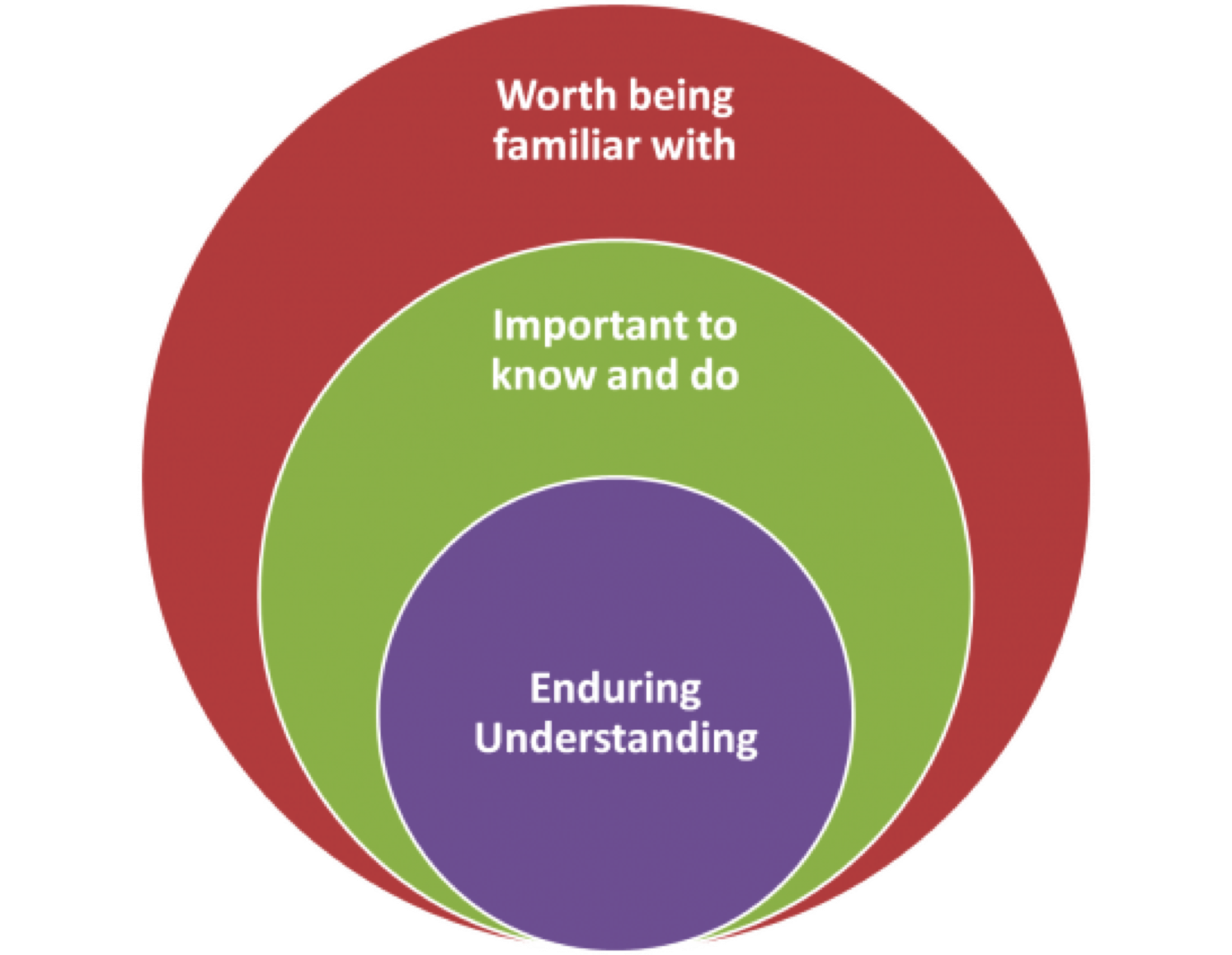
In an era where artificial intelligence (AI) is reshaping the digital landscape, the need for transparency and accountability in AI-generated content has never been more critical. As AI technologies become increasingly sophisticated, they are capable of producing highly realistic images, videos, audio, and text that can be indistinguishable from human-created content. This has led to a growing concern about misinformation, fraud, and the erosion of trust in digital media. In response, AI watermark compliance has emerged as a vital solution to address these challenges by embedding identifiers into AI-generated media, ensuring that users can easily distinguish between authentic and synthetic content.
This article explores the concept of AI watermark compliance, its significance in today’s digital ecosystem, and how it can be effectively implemented. We will delve into the technical aspects of AI watermarks, their role in combating deepfakes, and the broader implications for content creators, businesses, and society at large.
What Is AI Watermark Compliance and Why It Matters
AI watermark compliance refers to the practice of embedding unique identifiers or markers within AI-generated media to indicate that the content was created using artificial intelligence. These identifiers can be either visible or invisible, depending on the specific implementation. Visible watermarks might appear as small logos or text overlays, while invisible watermarks are embedded at the data level and require specialized tools to detect.
The importance of AI watermark compliance lies in its ability to enhance transparency and accountability in the digital space. By clearly marking AI-generated content, users can make informed decisions about the authenticity and reliability of the information they encounter. This is particularly crucial in contexts such as journalism, social media, and online education, where the credibility of content plays a significant role.
Moreover, AI watermark compliance helps mitigate the risks associated with deepfakes and other forms of AI-generated misinformation. For instance, in 2023, a fake image of Pope Francis wearing a stylish white puffer coat generated by AI went viral, highlighting the potential for AI to spread false information. Such incidents underscore the urgent need for robust mechanisms to identify and trace the origins of AI-generated content.
How AI Watermark Compliance Impacts SEO Performance
While AI watermark compliance may seem primarily focused on content authenticity, its impact extends to search engine optimization (SEO) as well. Search engines like Google and Bing are increasingly prioritizing content that is transparent, reliable, and trustworthy. Websites that clearly label AI-generated content are more likely to be viewed as credible sources, which can positively influence their search rankings.
Additionally, AI watermark compliance aligns with the principles of E-E-A-T (Experience, Expertise, Authoritativeness, and Trustworthiness), which are key factors in Google’s ranking algorithm. Content that demonstrates a clear understanding of its origin and purpose is more likely to be seen as authoritative and valuable to users.
For example, if a website publishes articles generated by AI, embedding a watermark that indicates the content’s origin can help build trust with readers and improve the site’s overall reputation. This, in turn, can lead to increased engagement, longer dwell times, and higher conversion rates—key metrics that search engines consider when determining the relevance and quality of a website.
Step-by-Step Implementation Framework
Implementing AI watermark compliance requires a structured approach that involves several key steps:
-
Define or Audit the Current Situation
Begin by assessing the types of AI-generated content your organization produces. Identify which platforms and tools are used to create this content and determine the current level of transparency. This audit will help you understand where improvements are needed. -
Apply Tools, Methods, or Tactics
Choose appropriate watermarking tools that suit your needs. There are various options available, including both visible and invisible watermarking solutions. For example, some tools allow you to embed metadata directly into files, making it easier to track the origin of the content. Additionally, consider using blockchain technology to create a tamper-proof record of content creation. -
Measure, Analyze, and Optimize
Once watermarks are implemented, monitor their effectiveness through user feedback, engagement metrics, and search performance. Use analytics tools to track how users interact with your content and identify any areas for improvement. Continuously refine your approach based on these insights to ensure that your AI watermark compliance strategy remains effective over time.
By following this framework, organizations can effectively implement AI watermark compliance and reap the benefits of increased transparency and trust.
Real or Hypothetical Case Study
Consider a hypothetical scenario where a news organization decides to implement AI watermark compliance for its content. The organization uses AI to generate summaries of complex articles, aiming to provide quick insights to readers. However, without proper labeling, readers may question the authenticity of these summaries.
To address this, the news organization introduces visible watermarks on all AI-generated summaries, clearly indicating that the content was created using AI. Over time, this leads to increased trust among readers, who appreciate the transparency. As a result, the organization sees a rise in user engagement, with more readers spending time on the site and sharing content on social media. Furthermore, the improved credibility of the site contributes to higher search rankings, driving more organic traffic.
This case study illustrates how AI watermark compliance can positively impact both user trust and SEO performance, demonstrating the value of transparency in the digital age.
Tools and Techniques for AI Watermark Compliance
Several tools and techniques are available to help organizations implement AI watermark compliance effectively. Here are four notable options:
-
Adobe Sensei
Adobe Sensei is a powerful AI platform that offers various tools for content creation and management. It includes features for embedding watermarks and metadata into digital assets, making it easier to track the origin of AI-generated content. -
Google Cloud Vision API
Google Cloud Vision API provides advanced image analysis capabilities, including the ability to detect and analyze watermarks. This tool can be used to verify the authenticity of images and ensure that they are properly labeled. -
IBM Watson
IBM Watson offers a range of AI services, including natural language processing and image recognition. Its tools can be used to analyze and tag AI-generated content, helping organizations maintain transparency and accountability. -
OpenCV
OpenCV is an open-source computer vision library that can be used to develop custom watermarking solutions. It provides a wide range of functions for image processing, making it a versatile tool for implementing AI watermark compliance.
These tools can be integrated into existing workflows to streamline the process of embedding identifiers into AI-generated media, ensuring that content is both transparent and traceable.
Future Trends and AI Implications
As AI continues to evolve, the importance of AI watermark compliance will only grow. With the rise of generative AI models and the increasing sophistication of deepfake technology, the need for robust identification mechanisms becomes even more pressing. Future trends suggest that AI watermark compliance will become a standard practice across industries, driven by regulatory requirements and consumer demand for transparency.
Moreover, advancements in AI will enable more sophisticated watermarking techniques, such as dynamic watermarks that adapt to different formats and platforms. This will further enhance the ability to track and verify the origin of AI-generated content, ensuring that users can trust the information they encounter online.
In addition, the integration of AI watermark compliance with emerging technologies like blockchain could create a more secure and transparent digital ecosystem. By leveraging blockchain for content verification, organizations can establish a tamper-proof record of content creation, further reinforcing the credibility of AI-generated media.
As we look ahead, it is clear that AI watermark compliance will play a crucial role in shaping the future of digital content. By embracing these practices, organizations can not only protect their reputations but also contribute to a more trustworthy and responsible digital landscape.
Key Takeaways
- Transparency is Essential: AI watermark compliance ensures that users can easily distinguish between AI-generated and human-created content, fostering trust and accountability.
- Enhances SEO Performance: Clear labeling of AI-generated content can improve search rankings by aligning with E-E-A-T principles and increasing user engagement.
- Protects Reputation: Implementing AI watermark compliance helps organizations maintain their credibility and avoid the negative consequences of misinformation.
- Future-Proofs Content: As AI technology advances, watermark compliance will become increasingly important, ensuring that content remains transparent and traceable.
- Adopt the Right Tools: Utilize available tools and techniques to effectively implement AI watermark compliance and stay ahead of evolving digital trends.
As the digital landscape continues to change, the need for AI watermark compliance will only become more critical. By taking proactive steps to implement these practices, organizations can ensure that their content remains transparent, trustworthy, and aligned with the values of the modern internet.
Meta Title: AI Watermark Compliance: Embedding Identifiers for AI-Generated Media
Meta Description: Learn how AI watermark compliance enhances transparency, builds trust, and improves SEO performance by embedding identifiers in AI-generated media.
SEO Tags (5): AI watermark compliance, AI-generated media, deepfakes, content transparency, SEO best practices
Internal Link Suggestions:
– [Parameter #1: Search Intent Alignment]
– [Parameter #2: Topical Depth & Relevance]
– [Parameter #105: AI Watermark Compliance]
External Source Suggestions:
– https://www.google.com/quality-eat/
– https://www.adobe.com/






